
10 minute read
Remapping the FMD risk pathway
Biosec refresher for airport staff on FMD
Neal Wallace neal.wallace@globalhq.co.nz
AIRPORT biosecurity staff have been reminded of the correct process when dealing with travellers from Bali, after a North Otago farmer returning from the Indonesian province was not properly checked.
Indonesia is battling foot-andmouth disease (FMD) and all arrivals who have recently been in that country are supposed to undergo close scrutiny on arrival in New Zealand.
Sue Ross arrived at Christchurch International Airport via Melbourne after a month visiting family in Bali. She said she gave her customs and immigration documents to a biosecurity officer in Christchurch, telling the officer she had left her shoes in Bali.
She said she was told she was low risk and allowed to leave without even going via a disinfectant mat.
Stuart Anderson, the deputy director-general of Biosecurity NZ, apologised to Ross and said the officer did not follow the required procedure.
“The traveller ... did the right things, such as leaving footwear she had worn while on holiday, behind in Bali,” Anderson said.
Her carry-on baggage was searched in Melbourne, and she was directed through a disinfecting foot mat while in transit. At Christchurch airport her baggage went through xray machines. She was spoken to by a senior border clearance officer and her arrival card was assessed.
Anderson said the risk assessment was made by an experienced staff member who took into account information available – but “regardless of that assessment, it was not the correct course of action as it wasn’t done in line with our processes, which were updated on July 22nd”.
“Those new processes instructed our border staff to direct all passengers who have travelled to Indonesia within 30 days of their arrival in New Zealand to additional open bag searches and footwear treatments.”
Two other passengers on the same flight who were also returning from Bali were directed to follow the new protocol.
As well as the search and disinfectant mat, all visitors from Bali should have their luggage xrayed and checked by sniffer dogs.
Anderson said the risk of FMD arriving in New Zealand is low, but our primary form of defence is the border and therefore “we have taken an extra belts-and-braces precautionary approach”.
Stuart Anderson Biosecurity NZ
ON THE MAT: An airport official did not follow correct procedures, Stuart Anderson, the deputy director-general of Biosecurity NZ, conceded.
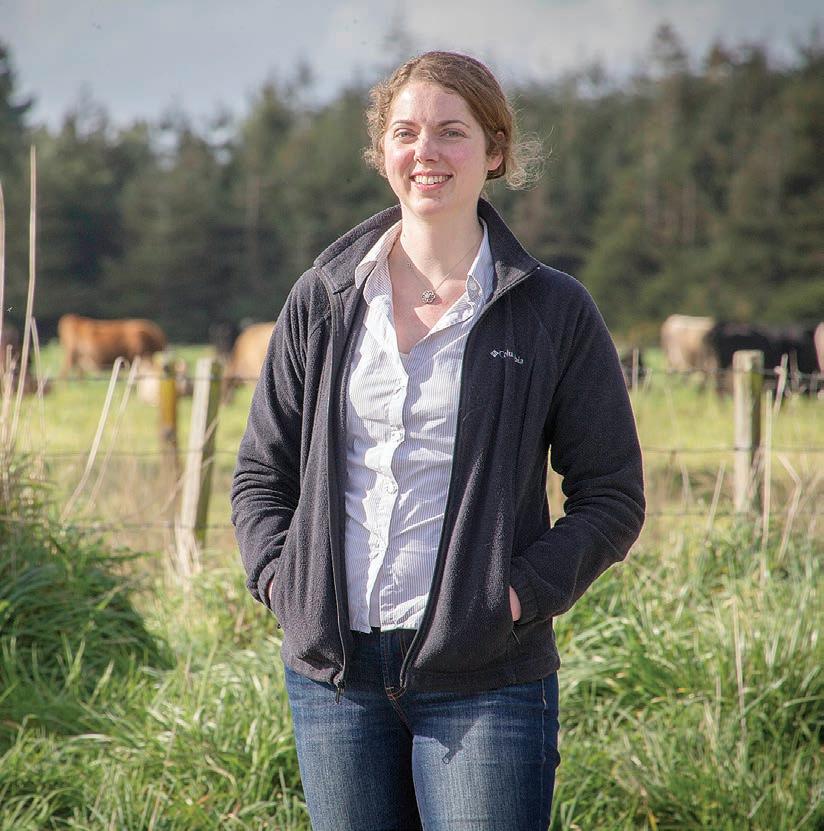
EARLY WARNING: Associate professor Carolyn Gates of Massey University says dealing with Mycoplasma bovis highlighted the importance of early detection and contract tracing.
Remapping the FMD risk pathway
Neal Wallace neal.wallace@globalhq.co.nz
AN ASSESSMENT that an outbreak of foot-and-mouth disease (FMD) could cost the New Zealand economy more than $16 billion over four to five years is to be updated.
Dr Mary van Andel, the chief veterinary officer with the Ministry for Primary Industries, said Biosecurity NZ is recalculating that cost.
“Even if the outbreak in Indonesia has not created significantly greater risk of incursion to New Zealand, the size of the economic and social impact should FMD arrive means that we must always remain vigilant about this disease,” she told the Science Media Centre.
Massey University associate professor of veterinary epidemiology and education Carolyn Gates said dealing with Mycoplasma bovis had highlighted the importance of early detection and contract tracing, which also applies to FMD.
“The sooner we can identify and draw the boundaries around an infectious disease outbreak, the easier it is to contain and control,” she said.
For livestock owners that means keeping up-to-date records of animals, people, equipment and feed moving across the farm boundary.
Being a geographically isolated nation gives NZ more control over what crosses its borders.
“However, now that the borders are opening up again, we are likely to be getting a lot more tourists from areas of the world where FMD is widespread in their livestock populations,” said Gates.
“This means they can potentially be bringing the virus into New Zealand on their clothes and footwear or through contaminated food products that they don’t declare at customs.”
The danger is that people visit tourist hotspots or go on tramps where they are in contact with NZ livestock.
“This is a really difficult risk pathway to control because many tourists just don’t know or just don’t care about their potential role in bringing FMD into the country.”
Carolyn Gates Massey University
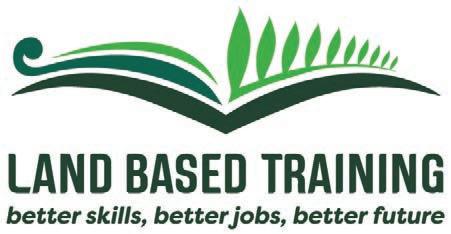
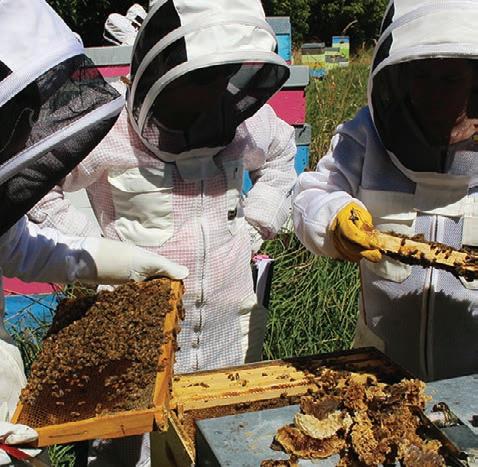
• Learn the art, science and practice of apiculture. • Gain the NZ Certifi cate in Apiculture (Level 3) qualifi cation • Full-day workshops held fortnightly on a weekend day • 20 workshops in total that follow the beekeeping season • Suitable for hobbyists and beekeeping professionals • Assumes no prior knowledge of, or experience with bees • Get your own beehive as part of the course
Contact for more info: marketing@landbasedtraining.co.nz • 0508 872 466
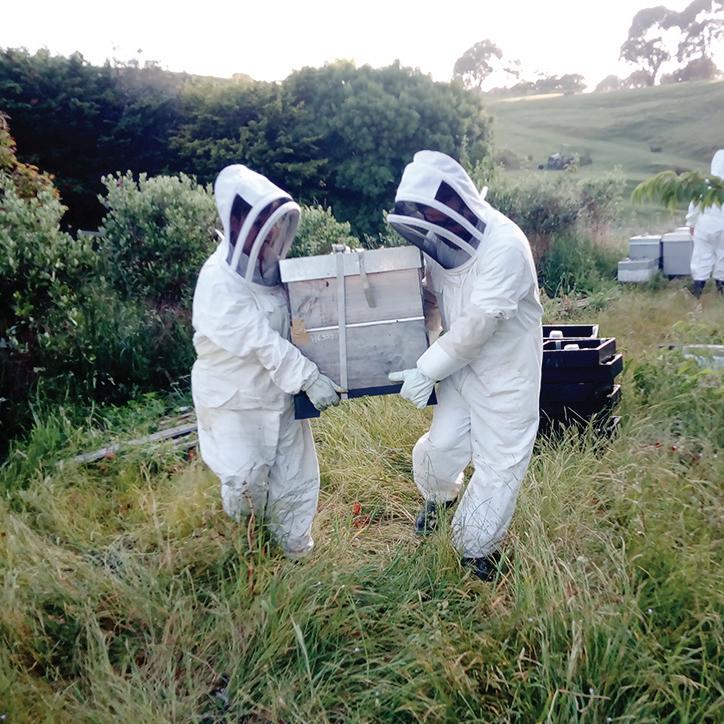
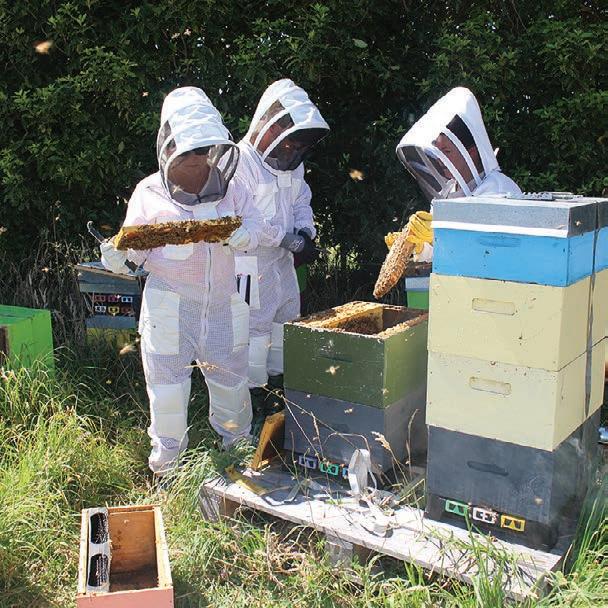
10 FARMERS WEEKLY – farmersweekly.co.nz – August 15, 2022
News Waikato water falls foul of standards
Gerald Piddock gerald.piddock@globalhq.co.nz
WAIKATO still has nitrate levels that exceed drinking water guidelines, according to a report from the Waikato Regional Council.
The areas with the highest nitrate levels are those associated with intensive agriculture and horticulture.
The report, “Groundwater Nitrates – potential hotspots, legacies and lag”, says the areas with the highest concentrations are aquifers in Pukekohe and Pukekawa and parts of the Hauraki Plains.
The report was due to be presented to the council’s Environment Performance Committee meeting on Thursday.
Nitrate levels are monitored through 110 state of environment (SOE) wells and a network of 80 “community” or rural school water supply wells.
New Zealand Drinking Water Standards set a maximum acceptable value (MAV) of 50 milligrams per litre (mg/l) for nitrate, which is equivalent to 11.3 mg/l nitrate-nitrogen for drinking water.
However, recent studies have raised health concerns related to lower concentrations of nitrate than those allowed by the standards.
Most notably, a Danish study identified a correlation with colorectal cancer risk and recommended an upper limit of 0.87 mg/l for nitrate-nitrogen.
Within the SOE wells, it found that three-quarters of these wells had concentrations greater than 0.87 mg/l. For the community wells, 50.6% had nitrate concentrations over 0.87mg/l.
The report found that from 2016-2020, 22% of groundwater in SOE wells exceeded MAV levels at least once. The median concentrations from the same five-year period also exceeded guidelines at 11% of SOE wells and 5% of the community wells.
“The highest concentrations are associated with market gardening and dairy farming activities,” it said.
Nitrate levels are also monitored and reported by the council as one of a number of environmental indicators on a biennial basis. Its 2020 report showed that nearly 12% of SOE wells exceeded the MAV.
A further 20% of wells had nitrate concentrations over half the MAV and the remaining two-thirds (68.18%) had “low” concentrations below half the MAV.
Within the community supply wells, nitrate levels exceeded the MAV at 3.75 % of the community supply wells, none of which are used to supply drinking water.
A similar percentage are described as elevated and 92.5 % have concentrations below half MAV.
The highest nitrate-N concentrations occur in northern areas, Hauraki and Hamilton Basin.
These are the areas of traditionally most intensive agriculture and horticulture, the report says.
Sub-regionally, it says that groundwater quality trends are mixed. Two-thirds of northern Waikato aquifers had increases in nitrates while the shallow monitoring wells of the Hamilton Basin are decreasing by the same amount.
Other areas are more balanced, although there are more increases (37%) than decreases (-22%) in nitrate-N concentration trends in the Hauraki area.
The report also highlighted new research which shows that aquifers in deep groundwater have a smaller influence on nitrogen loads in surface waters than previously thought.
Near-surface and shallow groundwater pathways are more dominant on that loading, suggesting that changes made on the land now will be more quickly reflected in surface waters.
Long lag times are largely restricted to catchments with young volcanic geology around the Upper Waikato/Lake Taupo sub-region
“According to modelling results, deep groundwater is a less important contributor of the total nitrogen load than may have been previously thought,” it said.
“This has implications for assessing policy effectiveness, as the time frames for changes in land management or land use are likely to be observed sooner than we might have expected,” the report says.
“This also means that the ‘load to come’ is also less than we originally thought.”

AQUIFERS: Two-thirds of northern Waikato aquifers show increases in nitrates, says a report on groundwater nitrates
Deep groundwater is a less important contributor of the total nitrogen load than may have been previously thought ... the time frames for changes in land management or land use are likely to be observed sooner than we might have expected.
Landmark regen trial kicks off
Richard Rennie richard.rennie@globalhq.co.nz
EFFORTS to better understand the social, environmental and financial impacts of regenerative farming have been stepped up with a joint venture between the government and Ngai Tahu Farming establishing a research project in North Canterbury.
Intended to run over seven years, the programme has $8 million of government backing from the Ministry of Primary Industries’ Sustainable Food and Fibre Futures fund, along with $3.58m of additional investment.
Agriculture Minister Damien O’Connor said the programme, known as Te Whenua Hou Te Whenua Whitiroa (The New Land The New Horizons) – aims to provide insights into the comparable impact of regenerative farming practices.
The project takes two Ngai Tahu farms running side by side as a means of comparative assessment. One property is the 286ha Te Whenua Hou farm, and the other a conventionally run Ngai Tahu property.
O’Connor said consumers in markets including the United States are paying premiums for regeneratively produced food products.
“We believe our exporters can capture opportunity in this, provided there is an evidence base for it – hence our investments like this one,” said O’Connor. The minister said the trial will measure a range of factors, with a particular focus on restoring and enhancing soil health.
The study will determine whether the regenerative system will deliver a viable alternative approach that improves soil health, has a lower environmental footprint and lower water use, and complements iwi owners’ knowledge of land stewardship.
“A unique aspect of the study will be assessing the impacts of regenerative agriculture practices on farm workers. This will be monitored through a range of metrics including worker wellbeing, engagement, sleep and fatigue, task diversity and productivity,” the minister said.

TRIAL: Two neighbouring farms in Canterbury will serve as the control and experiment in a seven-year study of regenerative farming methods.

Calciprill ®


leaves all other limes for dust!
Application rate guide (kg/ha)*
Soil type Topdressed 0.5 pH increase
Direct drilled or air seeded
Sand/loamy sand 300 75 Sandy/silt loam 500 125 Clay/loamy clay 625 150 10-15% organic matter 750 175 +25% organic matter 1000 200 *Omya recommends you soil test recularly and seek advice from independent agricultural professionals A 2-6mm lime granule made in Waikato from fi nely ground high purity limestone. • Cost effective • Low in dust, easy to spread • Breaks down rapidly in moisture • Can be applied using your own equipment • 95% < 75 microns






